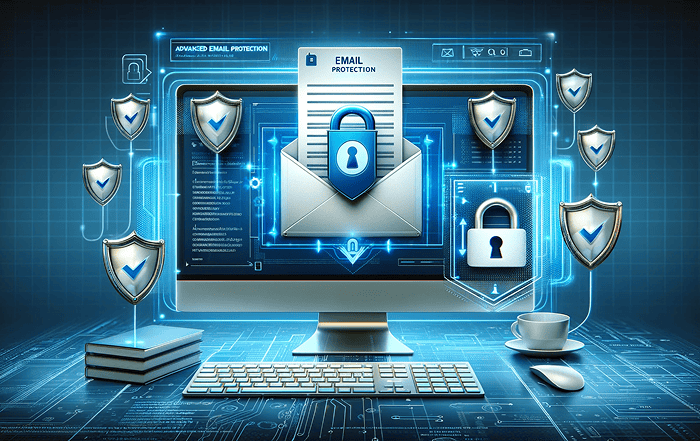
Introduction
Consider a distant worker accessing their work from a café using a personal laptop. They use their cached login credentials to access a cloud-based application; no additional verification or device check is required. In the meantime, a recent download has unintentionally contaminated their smartphone with malware. That access may have been unrestricted in a conventional security approach, enabling the virus to roam freely throughout the network. Zero Trust comes into play here. Zero Trust verifies identification, device security posture, and access rights before granting access, treating every access request as a possible danger rather than trusting that any device or person is secure once within the network. This paradigm minimizes endpoint-level intrusions in cloud-based technologies, BYOD, and remote work.
What Is Zero Trust Security and How Does It Differ from Traditional Security Models?
What if the most significant danger to your business data existed within your network? This unsettling fact is what is causing the move toward zero trust security. In contrast to conventional perimeter-based methods, which presume that everything within the network is secure, Zero Trust rewrites the rules with the straightforward yet practical maxim, ‘Never trust, always verify.’ It considers all access requests suspicious until they are confirmed to be legitimate, regardless of whether they originate from a person, device, or application.
A security technique called ‘Zero Trust’ looks at user behavior, context, device health, and credentials to ensure constant verification. It works well against risks like malware, insider threats, and compromised credentials that come from both within and outside the company. To stop lateral network movement and restrict access to only the systems and data that are required, it employs micro-segmentation. The industry standard for endpoint security in complicated cloud infrastructures and remote operations is Zero Trust.
How Does Zero Trust Enhance Endpoint Protection Against Modern Threats?
By enforcing stringent identity verification prior to granting access to devices, users, or apps, the Zero Trust security solution tackles persistent, covert, and internal cyber threats.
Credential-based assaults are less likely to occur with this method, which also guarantees that users may only access the information and services they require. By preventing attackers from moving freely or gaining access to confidential information, the least privilege access principle makes it more difficult for them to get access to the network. The effectiveness of traditional security measures is declining in the current cyber environment.
Ongoing observation is equally crucial. After initial authentication, Zero Trust systems don’t presume that a person or device is safe; instead, they monitor suspicious activity: odd login patterns, odd file transfers, or efforts to get access after hours. Advanced endpoint detection and response (EDR) technologies and behavior analytics let security teams spot anomalies and promptly contain and respond to attacks, frequently before any harm is done.
Proactive verification, restricted access, and intelligent monitoring are all combined in Zero Trust to provide a dynamic, multi-layered protection far more resistant to the strategies employed in modern assaults.
What Are the Key Steps to Implementing a Zero Trust Security Model?
Although developing a Zero Trust security model takes time, starting with the correct procedures can be successful.
The first step is to categorize and identify every user, application, and endpoint on your network. This visibility provides the basis for knowing the location of your most important assets and implementing appropriate access controls.
Implementing multi-factor authentication (MFA) and robust identity management is the next stage. That way, even if a password is leaked, an attacker has to get beyond a barrier before they can get in. MFA enhances security by requesting that the user provide that which they own (such as a phone), know (such as a password), or are (such as a fingerprint).
Apply least privilege access and micro-segmentation once IDs have been secured. This entails segmenting your network into smaller areas and granting users access to the resources they require, neither more nor less. It stops bad actors from moving laterally and aids in breach containment.
Lastly, Zero Trust is not a ‘set and forget’ approach. Potential dangers must be continually observed, audited, and addressed in real-time. Your security team can identify strange activities early and take quick action before it gets out of hand with the help of technologies like behavior analytics and endpoint detection.
Conclusion
It is advised and crucial to develop a Zero Trust strategy in an era where cyberattacks are more complex, quick, and persistent than ever. The use of least privilege access, sufficient identity verification, and threat monitoring may greatly enhance endpoint security for businesses. Is your remote workforce ready to be strengthened?
Call +1 (732) 306-7652 or send an email to askus@codelattice.com to conduct vulnerability assessment services for your business. Let’s work together to build a safer and smarter future.




